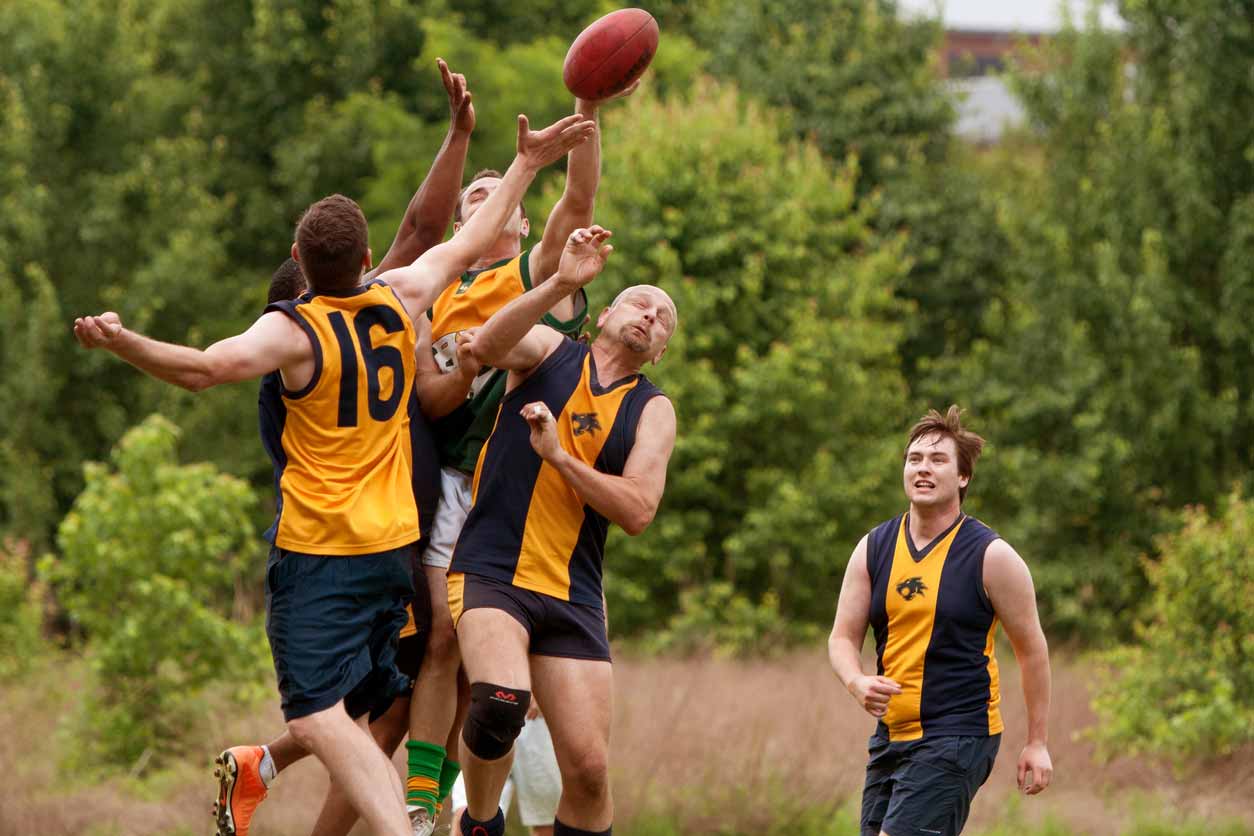New Concussion Headset Shows When it’s Safe to Return to Play
UCSF-patented device finds resuming sports should be delayed for several days after symptoms have resolved.

A new digital headset designed to measure alterations in brain function could change decisions about how quickly an athlete is ready to return to play after a concussion. In an evaluation of the device, UC San Francisco researchers found it revealed brain changes even in athletes whose concussion symptoms had gone away, suggesting they could be playing too soon.
Although not yet approved by the Food and Drug Administration (FDA), the device could fill an important niche among athletes, clinicians, trainers and coaches, who are concerned about the long-term effects of repeated sports-related concussions. These include chronic traumatic encephalopathy, Alzheimer’s and Parkinson’s diseases.
The headset – patented by UCSF and licensed by MindRhythm, a medical technology company – picked up changes in what the researchers call “headpulse,” which are subtle forces exerted on the skull as the heart contracts.
The researchers observed how the device performed on 101 young adults playing Australian Rules Football, who had experienced 44 concussions. Results appeared Aug. 11, 2023, in JAMA Network Open.
On average, the changes detected by the headset lasted 12 days longer than the players’ symptoms.
“We found a mismatch between symptoms and changes in biometrics recorded by the device,” said Cathra Halabi, MD, of the UCSF Department of Neurology and the Weill Institute for Neurosciences, who is the first author of the study. “This raises concern about relying on symptoms for return-to-play decisions. Delays could be recommended for those symptom-free athletes if head pulse abnormalities persist.”
Researchers said the headset should be used in conjunction with medical expertise.
“We believe that it can provide critical objective biometric measures that can be used by athletes and medical professionals to decide when to return to play,” said senior author Wade S. Smith, MD, PhD, chief of the UCSF Neurovascular Division and co-founder of MindRhythm. “The headset is also used to monitor athletes afterward to ensure measures remain in the normal range.”
Concussed brain at risk if physical activity resumed
Playing sports with concussion puts the brain at increased risk of damage. “There is a rare condition called second impact syndrome, where a soon-after second concussion can cause near immediate brain death,” Smith said.
More commonly, playing sports with concussion may result in an increased risk for subsequent brain injury, due to symptoms like delayed reaction time, impaired balance or vision.
“Recurrent concussions in close succession can lead to more debilitating symptoms that last longer, keeping athletes out of the game,” Halabi said.
While the headset was tested in young adults, its use eventually may be expanded to minors. MindRhythm is hoping to acquire FDA approval within one year, said co-founder and chief executive officer John Keane. “The plan is to make the technology available to the medical community, with the most likely areas of interest being sports medicine physicians and concussion clinics,” he said.
Athletes with concussion may be able to record their own biometric measurements, the researchers noted. Clinicians or athletic trainers would monitor the data remotely and provide guidance on when it is safe to resume sports and other physical activities.
Co-Authors: Lynda Norton, RN, MPH, and Kevin Norton, PE, PhD, of the University of South Australia, Adelaide.
Funding: Sport and Real Knowledge, John Madden Family, MindRhythm.
Disclosures: Smith is partial owner of MindRhythm and has a patent pending with UCSF. For other disclosures, please see the study.